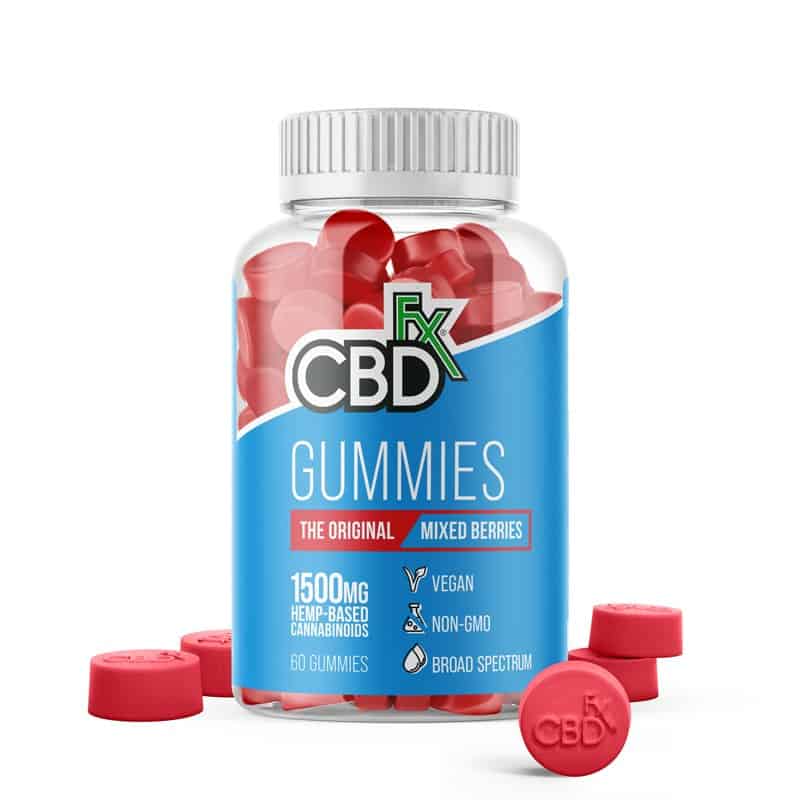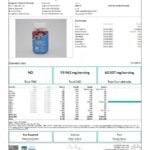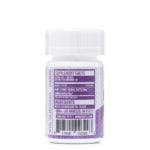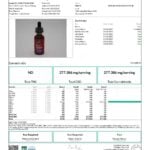
How Long Does a Weed Cart Stay in Your System
The weed cart, also known as a vape cartridge or vape pen, has become increasingly popular in the cannabis market due to its convenience and discreetness. These small, portable devices contain a liquid cannabis extract, often infused with THC (delta-9-tetrahydrocannabinol) or CBD (cannabidiol), and are vaporized for inhalation. However, the rising popularity of weed carts has raised questions about how long the substances they contain stay in the body and potentially affect drug tests. Understanding the detection times of weed cart substances in various bodily fluids and tissues is essential for responsible cannabis use. This article aims to provide comprehensive information about the detection times of weed cart substances and their implications for drug testing.
This post is intended as information and for general knowledge only. It is not a substitute for medical advice, diagnosis, or treatment. It is recommended that you talk to a healthcare professional about this before introducing cannabinoids into your daily routine (especially if you have been diagnosed with any medical conditions or are under any medication). It is not recommended to drive or operate any machinery when using cannabis- or hemp-derived products. Use responsibly!
What is a Weed Cart
A weed cart is a cannabis product designed for vaping, offering a more discreet and less odorous alternative to smoking or edibles. The typical components of a weed cart include the cartridge, which contains the cannabis extract, and the vape pen used to vaporize the contents. These carts come in a wide range of strains and flavors, each potentially inducing distinct effects, depending on the cannabinoid content.
How Does the Body Metabolize Weed Cart Substances
When using a weed cart, the active compounds, such as THC and CBD, are absorbed through the lungs and quickly enter the bloodstream. From there, they are distributed throughout the body, including the brain and fatty tissues. The liver plays a crucial role in metabolizing THC, breaking it down into THC-COOH, a THC metabolite, which serves as the primary marker for drug tests.
Factors Affecting Detection Time
Several factors influence how long weed cart substances remain detectable in the body
Frequency and Intensity of Use
Regular or heavy users are likely to have longer detection times due to the accumulation of cannabinoids in the body.
Individual Metabolism and Body Fat Percentage
People with faster metabolisms and lower body fat may clear the substances more quickly.
Age and Overall Health
Younger and healthier individuals may process the cannabinoids more efficiently, leading to shorter detection times.
Method of Consumption
Different consumption methods may affect the rate at which the substances are absorbed and metabolized.
Potency and Concentration of THC/CBD
Higher potency may lead to longer detection times as more substantial amounts of cannabinoids are present in the body.
Detection Time in Urine
Urine testing is one of the most common methods for drug testing cannabis use, including weed cart consumption. The detection times in urine can vary depending on the frequency of use
Occasional Users
THC and its metabolites can be detected in urine for 1-3 days after use.
Chronic Users
For individuals who frequently use weed carts, detection times can extend up to 30 days or more.
Detection Time in Blood

Blood tests are more likely to be conducted in situations where recent cannabis use is suspected, such as impaired driving incidents. The detection window for weed cart substances in the bloodstream is relatively short, typically up to 24 hours. However, this can vary depending on factors like the dose and frequency of use.
Detection Time in Saliva
Saliva tests are becoming more common for cannabis drug testing, as they can detect recent use more accurately. After using a weed cart, THC and its metabolites can be detected in saliva for up to 72 hours. Frequent users may have a longer detection window.
Detection Time in Hair
Hair testing is employed to determine long-term drug use history, as THC metabolites can be deposited in hair follicles over several months. However, hair tests have limitations, such as potential false positives and variations in detection times based on hair growth rates.
How to Clear Weed Cart Substances from Your System
While various detox methods are marketed to accelerate the elimination of cannabinoids from the body, their effectiveness is often debated. Drinking plenty of water, engaging in regular exercise, and adopting a healthy diet may support the body’s natural detoxification process. However, detox methods cannot guarantee a clean drug test result, especially for heavy or chronic users.
Conclusion
Knowing how long weed cart substances stay in your system is crucial for making informed decisions about cannabis use and facing upcoming drug tests. Detection times can vary significantly based on individual factors and the potency of the consumed products. It’s essential to be aware of the potential implications of cannabis use on drug testing and to exercise responsible consumption to align with personal and professional goals. If facing a drug test, consulting a healthcare professional is advisable for tailored guidance and support.
Also interesting:
How to Use a Weed Cart: A Beginners Guide to Vaping Cannabis
















